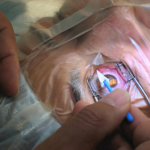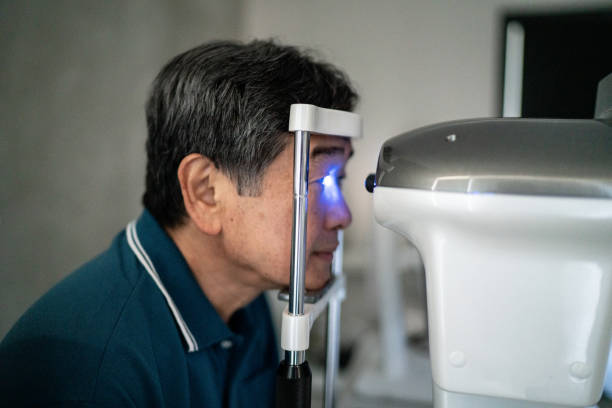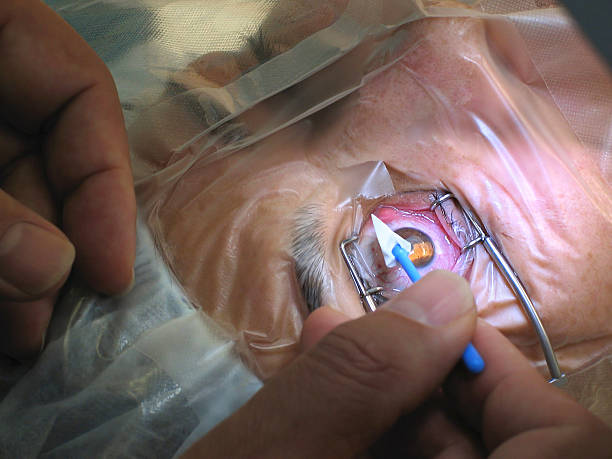Vision plays a major role in how we experience the world. From reading road signs to enjoying a sunrise, clear eyesight is something many of us take for granted—until it starts to blur. For millions, glasses or contact lenses become the daily norm. But what if you could wake up with clear vision? That’s where LASIK, a popular form of laser eye surgery, comes into the picture.
This guide will walk you through everything you need to know about LASIK: what it is, how it works, what to expect before and after the procedure, and whether it might be the right choice for you.
What Is LASIK and Why Do People Choose It?
LASIK (Laser-Assisted In Situ Keratomileusis) is a type of laser eye surgery designed to correct common vision problems like nearsightedness (myopia), farsightedness (hyperopia), and astigmatism.
The goal? To reshape the cornea—the clear, dome-shaped surface of your eye—so that light entering your eye is properly focused onto the retina. The result is often crystal-clear vision without the need for glasses or contact lenses.
See more: How to treat acne breakouts that come from wearing face masks
People often choose LASIK for:
- The convenience of not needing glasses or contacts
- Long-term savings on eyewear
- Improved performance in sports or physical activities
- A boost in self-confidence
Think of it as customizing the lens of a camera to get the sharpest image possible.
Before Surgery: Evaluation, Eligibility, and Preparation
The Consultation Process
Before anything else, you’ll undergo a comprehensive eye exam. This includes:
- Measuring your corneal thickness
- Mapping the shape and curvature of your eye
- Testing your pupil size and tear production
- Reviewing your eye health and prescription stability
This step is essential to determine if LASIK is a safe and effective option for you.
Who’s Eligible?
LASIK isn’t for everyone. You may be a good candidate if:
- You’re at least 18 years old
- Your eye prescription has been stable for at least one year
- Your corneas are thick enough for the procedure
- You have healthy eyes (no infections or severe dry eye)
It may not be suitable if you have certain autoimmune disorders, advanced glaucoma, or are pregnant or nursing.
Dos and Don’ts Before Surgery
Your eye surgeon will give you specific instructions, but here are some basics:
- Stop wearing contact lenses a few days or weeks before the surgery (they can alter the shape of your cornea).
- Avoid eye makeup or lotion on the day of surgery.
- Arrange for a ride home—your vision may be blurry after the procedure.
During Surgery: The LASIK Experience
What Happens in the Operating Room?
The entire procedure typically takes about 20 to 30 minutes for both eyes—but the laser itself is used for less than a minute per eye.

Here’s a simplified breakdown:
- Numbing drops are placed in your eyes.
- A tiny device is used to keep your eyelids open.
- A thin flap is created on the cornea using a microkeratome or femtosecond laser.
- The flap is lifted, and a laser reshapes the underlying corneal tissue.
- The flap is gently laid back into place to heal naturally.
Does It Hurt?
You won’t feel pain during LASIK, but you might feel a bit of pressure. Most patients say it’s more uncomfortable than painful—like a mild irritation.
Equipment Used
Advanced laser systems, such as excimer and femtosecond lasers, ensure accuracy and safety. Think of them as precision tools, similar to a sculptor working with a laser beam instead of a chisel.
After Surgery: Recovery and Care
Immediate Recovery
You’ll rest briefly at the clinic and then head home. Your eyes may feel:
- Watery or gritty
- Sensitive to light
- Slightly blurry
These symptoms are normal and usually fade within a few hours to days.
Side Effects
Common temporary effects include:
- Dry eyes
- Halos or glare at night
- Fluctuating vision for the first week
Most of these symptoms improve over time with proper care and follow-up.
Post-Op Care and Follow-Ups
- Use prescribed eye drops to prevent infection and reduce inflammation.
- Avoid rubbing your eyes.
- Steer clear of swimming pools and dusty environments for a couple of weeks.
- Follow up with your surgeon as scheduled to monitor healing.
Most people return to work within 1–3 days, and many report significantly improved vision almost immediately.
Risks and Expectations: Know What You’re Getting Into
Common Side Effects
While LASIK is highly successful (over 95% satisfaction rate), it’s important to be realistic. Side effects may include:
- Temporary dry eyes
- Difficulty with night vision
- Rarely, undercorrection or overcorrection
Complications (Though Uncommon)
More serious issues can include:
- Infection
- Flap complications
- Vision regression
That said, these risks are rare when the procedure is performed by a skilled surgeon using modern technology.
What Results to Expect
Most patients achieve 20/20 or near-perfect vision. However, your outcome may depend on your initial prescription, corneal shape, and other health factors.
Is LASIK Right for You?
Ask yourself:
- Are you tired of dealing with glasses or contacts?
- Is your prescription stable?
- Are you in good general and eye health?
If you answered yes, LASIK might be worth considering. But it’s crucial to consult a qualified ophthalmologist to weigh the pros and cons based on your unique situation.
Final Thoughts and Next Steps
Choosing laser eye surgery is a big decision, but for many, it’s life-changing—in the best way. Imagine waking up and seeing your alarm clock clearly for the first time in years. That’s the kind of freedom LASIK offers.
If you’re curious, take the first step: schedule a consultation. Learn about your eyes, ask questions, and explore your options. Whether or not LASIK is your path, investing in your vision is always worth it.









